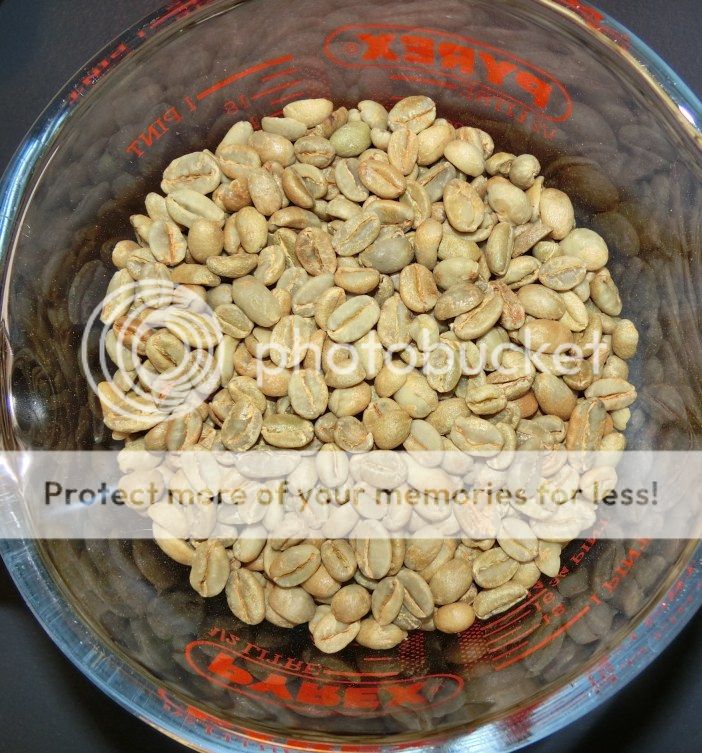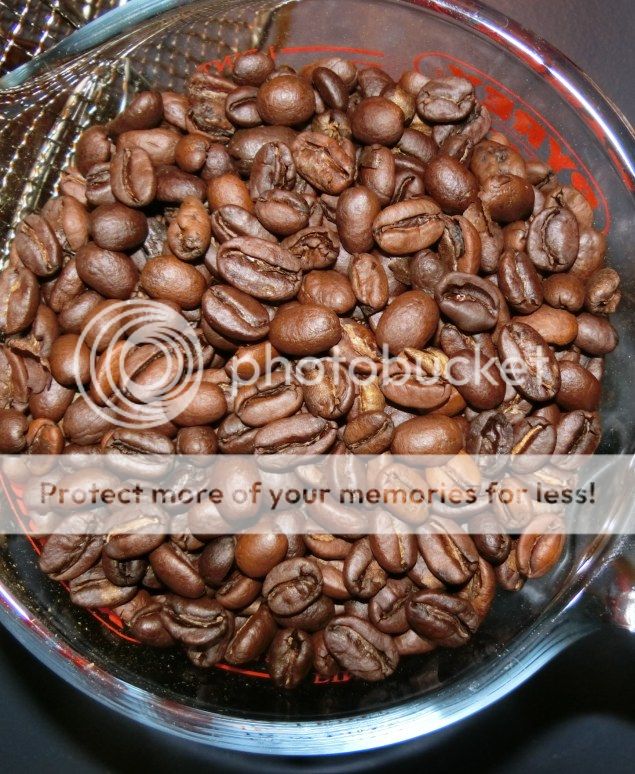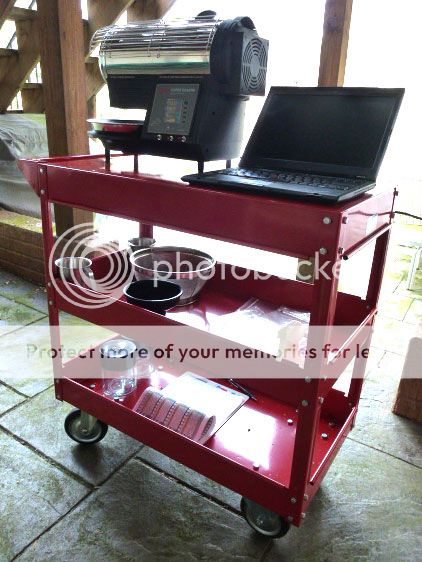- Thread starter
- #81
Mid 60's outside today so another good roasting day outside
Three 1/2 lb roasts. I am just about out of pour over roasts so everything today was light roasted as that is the way SWMBO likes her pour over.
First roast was Colombian Supremo roasted "American style" (light, just into first crack 410º)
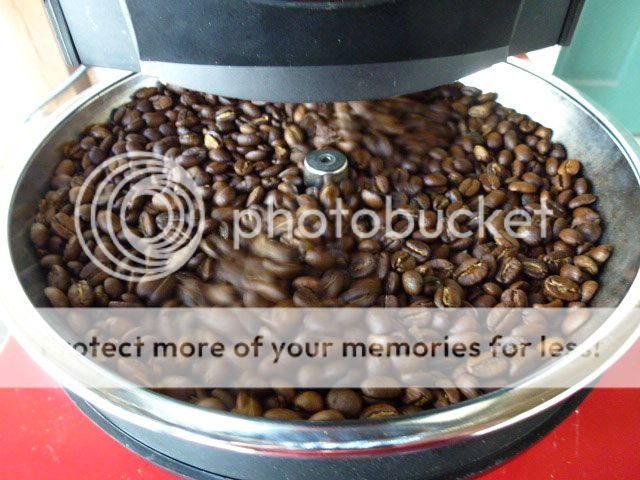
Second roast was some Kenyan Kirimara Estate peaberry that I have been hording, roasted to city + (end of first crack 415º)
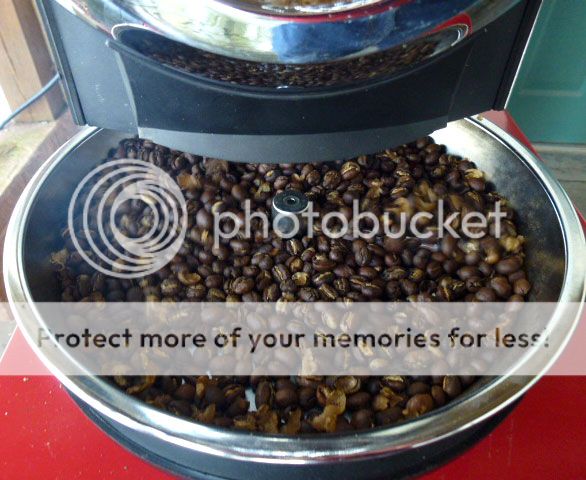
Third roast was Costa Rican Tarrazu roasted "American style" (light, just at first crack 408º)
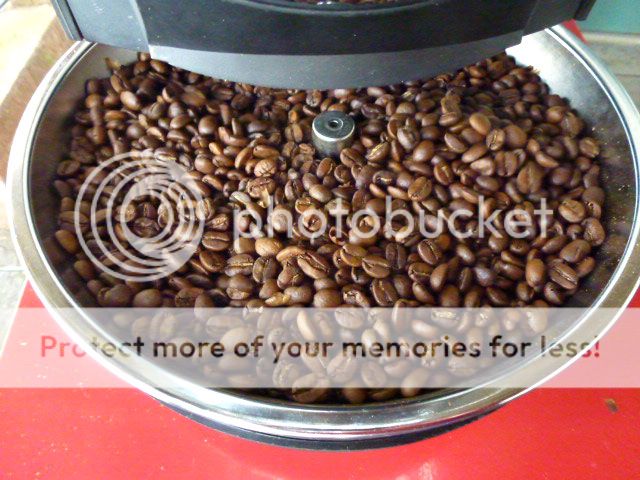
Three 1/2 lb roasts. I am just about out of pour over roasts so everything today was light roasted as that is the way SWMBO likes her pour over.
First roast was Colombian Supremo roasted "American style" (light, just into first crack 410º)

Second roast was some Kenyan Kirimara Estate peaberry that I have been hording, roasted to city + (end of first crack 415º)

Third roast was Costa Rican Tarrazu roasted "American style" (light, just at first crack 408º)

